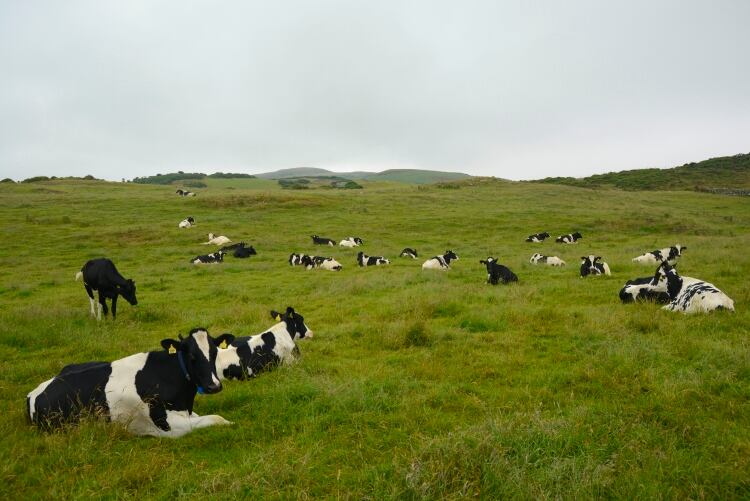Supply chains have been disrupted and demand has weakened in dairy because of the recent spread of COVID-19 beyond China. Quarantines and isolation behavior is dropping foot traffic in retail and affecting product transport.
“The impacts on consumer demand, trade flows and product mix are impossible to forecast with any confidence,” Dustin Boughton, procurement at Maxum Foods, said.
“The risk of contracting the disease will change the way people shop, whether they eat out, as well as how milk and ingredients reach processors and retailers.”
But Boughton also clarified that the underlying fundamentals of the global dairy market are still ‘relatively positive.’ And the tight balance in dairy markets might ease with improving growth in milk supply.
Skim Milk Powder
COVID-19 has weakened spot and futures prices, while shipping disruptions are causing stock-builds. Average shipped prices improved steadily in December, and general global trade in the December quarter was 6.1% down from 2018. This caused the moving annual tonnage to fall 1.7%.
Whole Milk Powder
New Zealand WMP prices recovered in February after a softening in December, but European spot values dipped. This tightened the gap between prices. Shipped prices improved month-on-month and across all major suppliers, and NZ was still at a premium relative to South America.
Cheese
Demand improved in NZ and prices recovered. But the report found that the EU and US markets are significantly below Oceania spot/GDT prices. Global cheese trade growth is steady at nearly 3%, excluding the effect of sales by Belarus to Russia.
Butter
Demand for butter in the EU is back up and steadying prices, while NZ prices are fragile with a price-sensitive Asian market. The US has improved milk production and cream supplies, but is still overall weaker.
Trade in Southeast Asia and China is shrinking and has been worsening in the past six months. Shipments from NZ were down in January by 20%.
Whey
Whey prices in the EU rose slightly in January, while US prices continue to recover since the start of the year. But global trade of whey products is still declining, following a pattern from 2019.
Boughton said this is the result of fewer shipments into China and Hong Kong, down 24%. They have culled their pig herds to address swine fever and the imposition of tariffs against US products.


